Zinfandel grapes have a rich history and have been a popular choice for winemakers for centuries. While both red and white zinfandel wines come from the same grape variety, the differences in taste, color, and production processes make them unique from each other. As a classic and popular wine option, understanding the distinctions between these two varieties can enhance your enjoyment and appreciation of them.
Red zinfandel is usually made from fully ripened grapes, leading to a more full-bodied and robust wine. On the other hand, white zinfandel is made from grapes harvested earlier in the season, resulting in a lighter, sweeter, and lower alcohol content wine. The production process also plays a critical role in creating these distinct characteristics, as the grape skins contribute to the color, tannins, and flavor of the wine.

Key Takeaways
- Red and white zinfandel wines come from the same grape variety but have distinct taste profiles due to differences in ripeness and production methods.
- Red zinfandel is typically more full-bodied and robust, while white zinfandel is sweeter and lighter with a lower alcohol content.
- Grape skins play a vital role in the color, tannins, and flavor of each zinfandel variety during the production process.
History and Origin
The history of Zinfandel can be traced back to Europe, specifically to the regions of Italy and Croatia. In Italy, the Zinfandel grape is known as Primitivo, while in Croatia it is referred to as Crljenak Kaštelanski or Tribidrag. DNA testing has confirmed that these grapes share the same genetic structure, making them essentially the same grape variety.
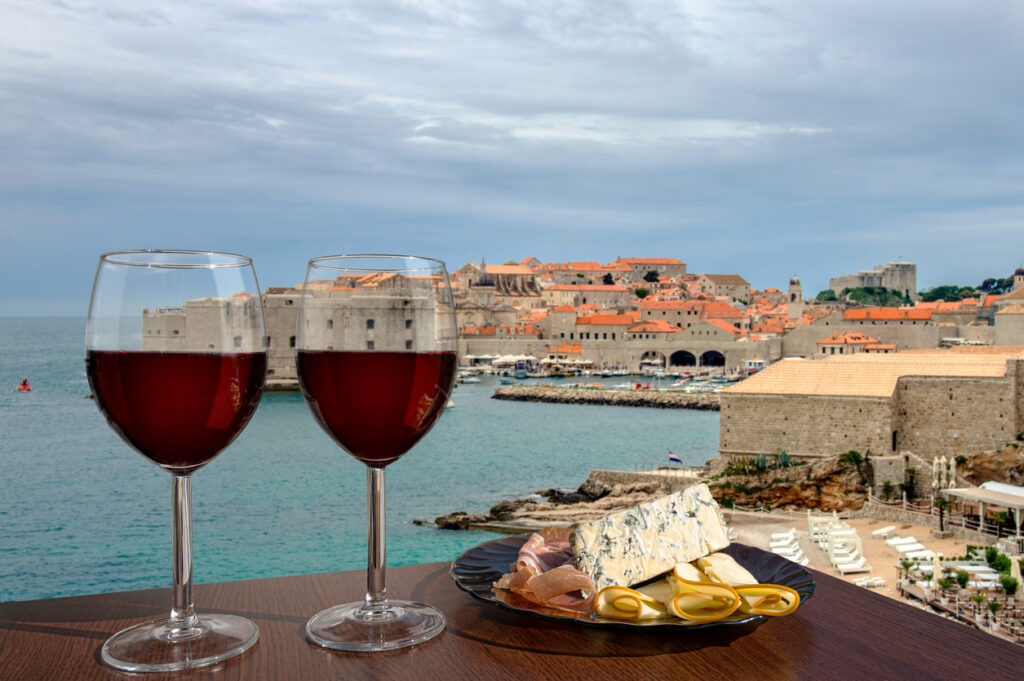
The Zinfandel grape was first introduced to the United States in the early 19th century, during the California Gold Rush. It quickly gained popularity in the California wine industry, especially in regions such as Amador County. The grape thrived in the warm climate and fertile soils of California, and over time, this allowed it to develop into a uniquely American wine.
Origin of Red Zinfandel and White Zinfandel
Red Zinfandel and White Zinfandel both originate from the same Zinfandel grape. The key difference between the two is the way they are produced. Red Zinfandel is made using a traditional winemaking process, where the grapes are fermented with their skins, giving the wine its characteristic red color and bold flavors.
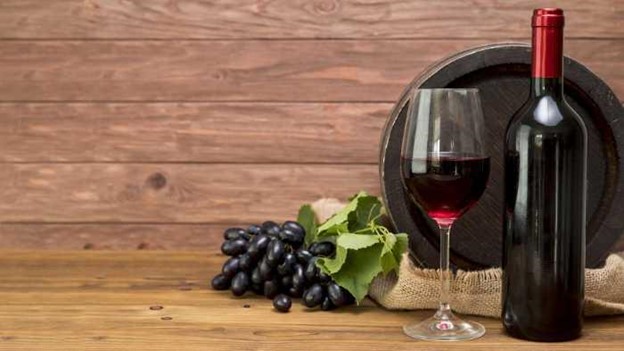
In contrast, White Zinfandel is a “blush” wine, created in the 20th century by California winemaker Bob Trinchero. In making White Zinfandel, the grape skins are removed shortly after the fermentation process starts. This prevents the majority of the color and tannins from transferring to the wine, resulting in a lighter, more delicate flavor.
Varieties and Styles
Red Zinfandel and White Zinfandel are both popular varietals derived from the same grape, known as the Zinfandel grape. They differ in their winemaking process, resulting in unique styles and flavors that cater to various consumer preferences.
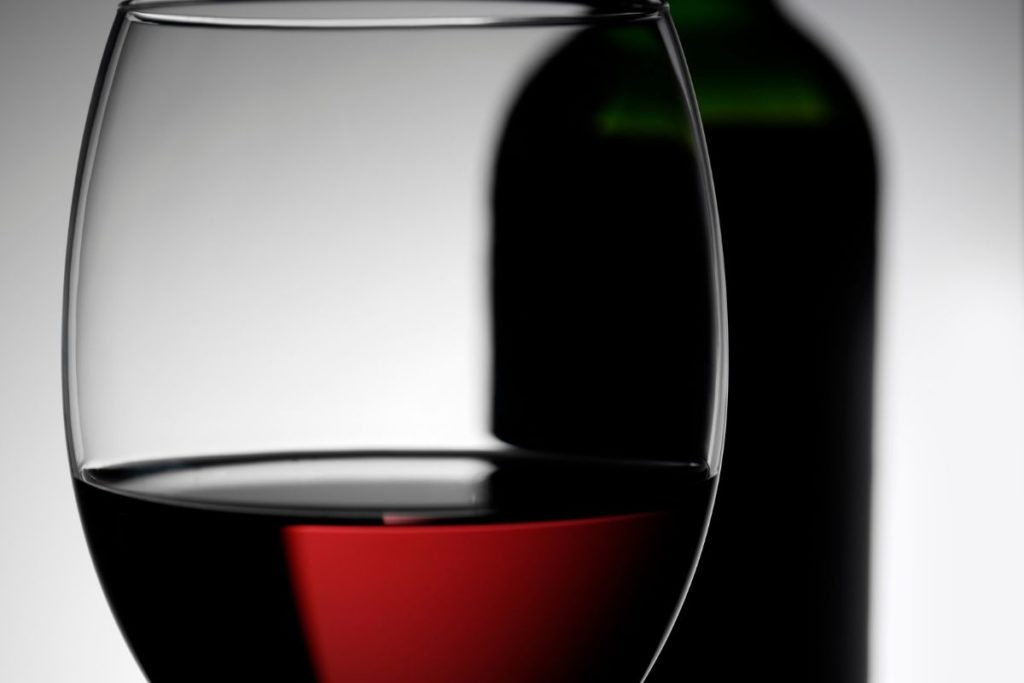
Red Zinfandel
This is a robust and full-bodied red wine known for its rich flavors and deep red color. The grape skins are left in contact with the juice during fermentation, which contributes to its intense color and complex flavors. Red Zinfandel typically showcases red fruit notes such as raspberry, cherry, and plum, as well as hints of black pepper and spice. This bold wine often appeals to those who enjoy strong, flavorful reds. Old Vine Zinfandel refers to wines made from vines that are at least 50 years old, which tend to produce more concentrated and complex flavors.
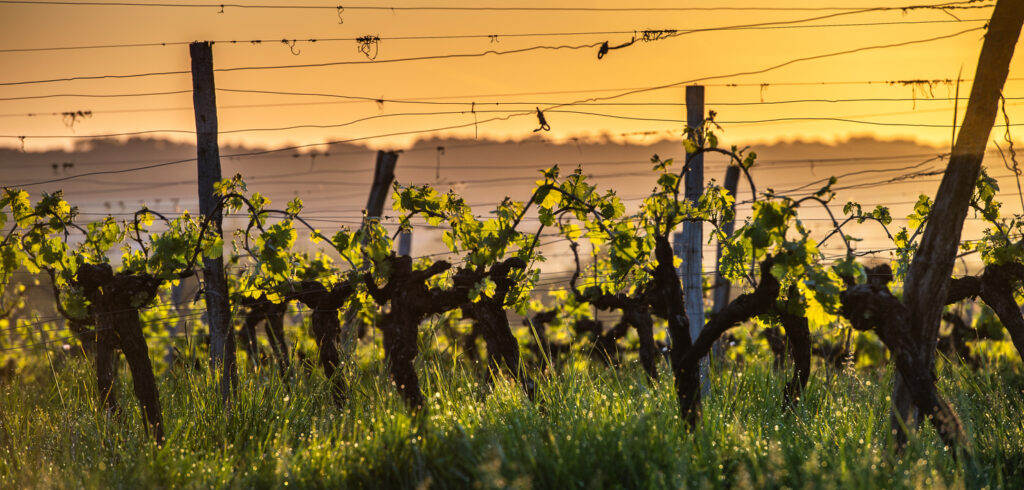
White Zinfandel
This wine on the other hand, is a rosé wine with a light pink hue and more delicate flavors. The juice is separated from the grape skins shortly after crushing, resulting in a wine that is lighter in color and tastes less tannic. White Zinfandel’s popularity gained traction in the 1970s as a sweeter and more approachable alternative to traditional dry rosé wines. Its flavor profile typically includes strawberry, watermelon, and other red fruit notes with a subtle sweetness. White Zinfandel is an excellent choice for those who prefer a softer and more refreshing wine.
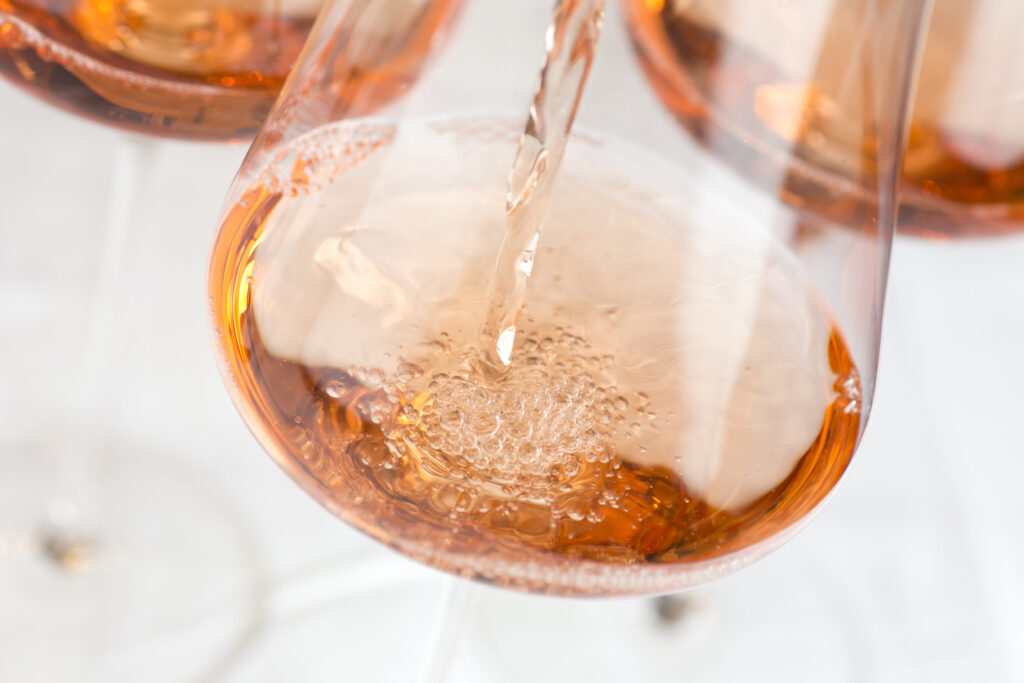
Primitivo
The Primitivo wine is an Italian variety, often compared to Red Zinfandel due to their genetic similarities. Like the Red Zinfandel, Primitivo wine has bold fruit flavors and a rich color. However, the two wines differ in their terroir, as Primitivo is primarily grown in the Puglia region of Italy. This distinction leads to subtle differences in their flavor profiles, with Primitivo wines often exhibiting more earthy and spicy nuances.
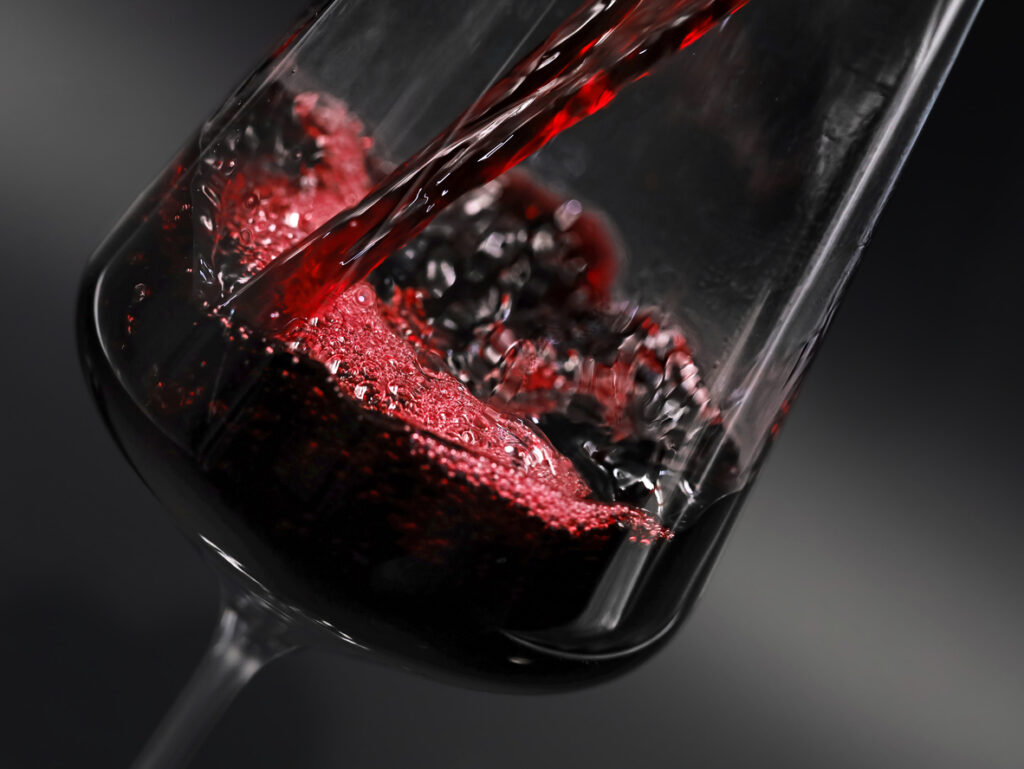
In conclusion, Red Zinfandel, White Zinfandel, and Primitivo wine each offer their distinctive styles and characteristics, catering to a wide variety of wine enthusiasts. The choice between these wines ultimately depends on personal taste and preferences, as well as the occasion and food pairings.
Production Process
The production process for red zinfandel and white zinfandel begins with the same grape variety, the Zinfandel grape. Harvested at their peak ripeness, the grapes are brought into the winery to be processed.
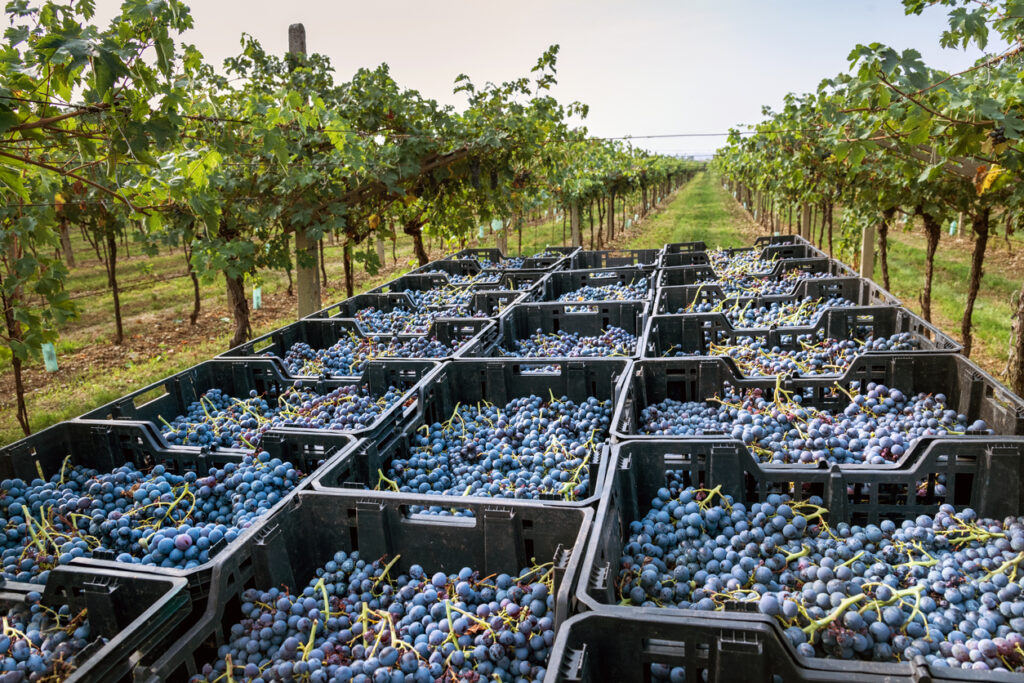
Red Zinfandel
For red zinfandel production, the grape juice is allowed to ferment with the grape skins present. The fermentation process occurs in tanks, where yeast is introduced to convert the sugars in the grape juice into alcohol. The contact between the grape juice and the skins during fermentation is what imparts color, tannins, and additional flavors to the finished wine. This process usually takes about 7 -14 days, during which the skins are periodically pressed down or pumped over to maximize extraction.
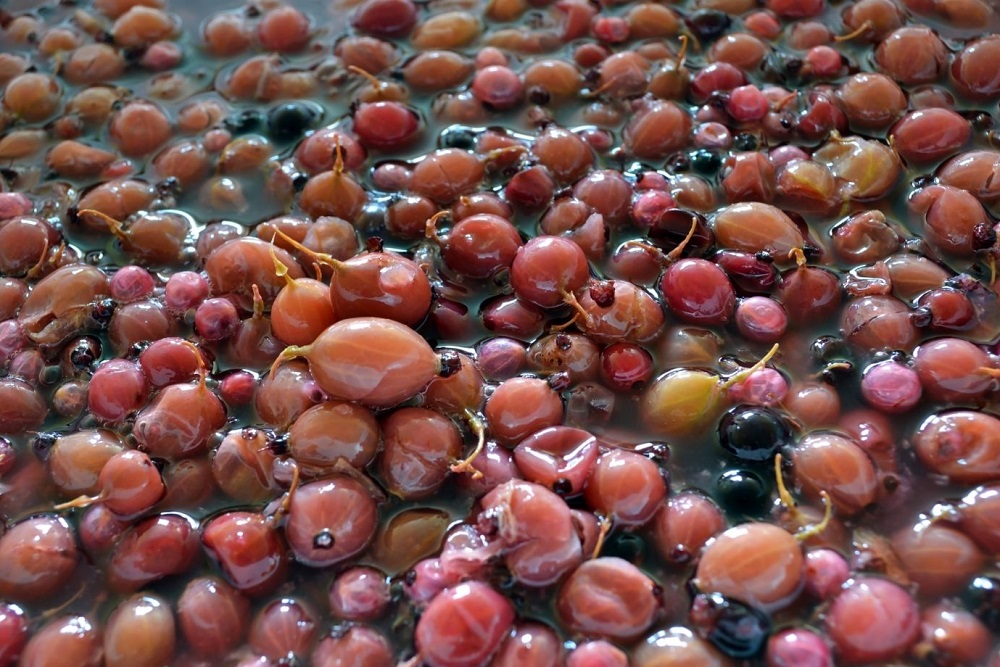
White Zinfandel
White zinfandel, on the other hand, undergoes a slightly different process. After the harvest, the grapes are crushed and the juice is separated from the skins, unlike red zinfandel. A technique called saignée, meaning “to bleed,” is often employed to remove a portion of the juice from the grape must before fermentation begins. This results in a lighter-colored, less tannic, and more delicate wine.

The fermentation of white zinfandel is typically halted before it is completed, resulting in a higher residual sugar content and a lower alcohol content. This “stuck fermentation” is achieved by cooling the fermentation tank, which inhibits the activity of the yeast and stops the fermentation process.
In summary, the key differences in the production process of red and white zinfandel are rooted in the length of skin contact during fermentation, the use of the saignée method for white zinfandel, and the deliberate halt to fermentation for white zinfandel. These differences result in distinct color, taste, and body profiles for red and white zinfandel wines.
Key Characteristics
Red Zinfandel and White Zinfandel are two distinct types of wine made from the same grape but differ significantly in taste, aroma, and appearance.
Flavor and Acidity
Red Zinfandel is known for its bold and intense flavors. It often exhibits ripe fruit flavors such as cherry, blueberry, and blackberry combined with spicy notes of pepper and licorice. The acidity in Red Zinfandel is typically higher than in White Zinfandel, giving it a more robust taste and allowing it to pair well with hearty foods.

On the other hand, White Zinfandel is a sweeter wine with a lighter taste and lower acidity. Its flavor profile includes hints of strawberries and melon, and its residual sugar creates a more delicate and refreshing taste.
Color and Body
The color of Red Zinfandel ranges from deep ruby to dark purple, while White Zinfandel is a pale pink or blush color. The difference in color is a result of the grape skins being removed early in the fermentation process for White Zinfandel. Red Zinfandel has a heavier body and higher tannin content, which contributes to its richer taste and texture. In contrast, White Zinfandel is lighter in body and has a lower tannin content, making it smoother and more refreshing on the palate.

Alcohol Content and Residual Sugar
Red Zinfandel typically has a higher alcohol content, ranging from 14% to 17%. The higher alcohol content contributes to the bold and powerful nature of this wine. In contrast, White Zinfandel generally has a lower alcohol content, usually around 9% to 12%, which contributes to its lighter, sweeter taste. The residual sugar in White Zinfandel is higher than in Red Zinfandel, and this difference in sugar content is partly responsible for the sweetness and easy-drinking nature of White Zinfandel.
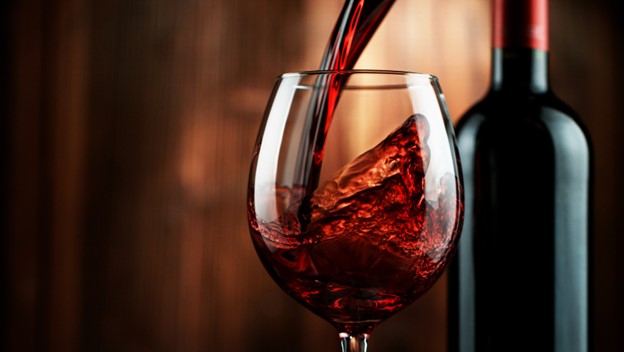
Aromas and Additional Notes
Red Zinfandel often offers complex aromas of dark fruits, such as blackberry and plum, accompanied by spicy and smoky notes. Cocoa and baking spices are also frequently detected in the bouquet. White Zinfandel, on the other hand, has a more delicate, fruity aroma dominated by strawberries and citrus. It also lacks the smoky and spicy elements found in its red counterpart.

More Alcohol, Less Sugar and Less Alcohol, More Sugar
Red Zinfandel and White Zinfandel wines are both made from the same grape, but they have distinct differences in taste, aroma, and particularly their alcohol and sugar content. Understanding these differences can aid in making more informed decisions when choosing between these two popular types of wine.
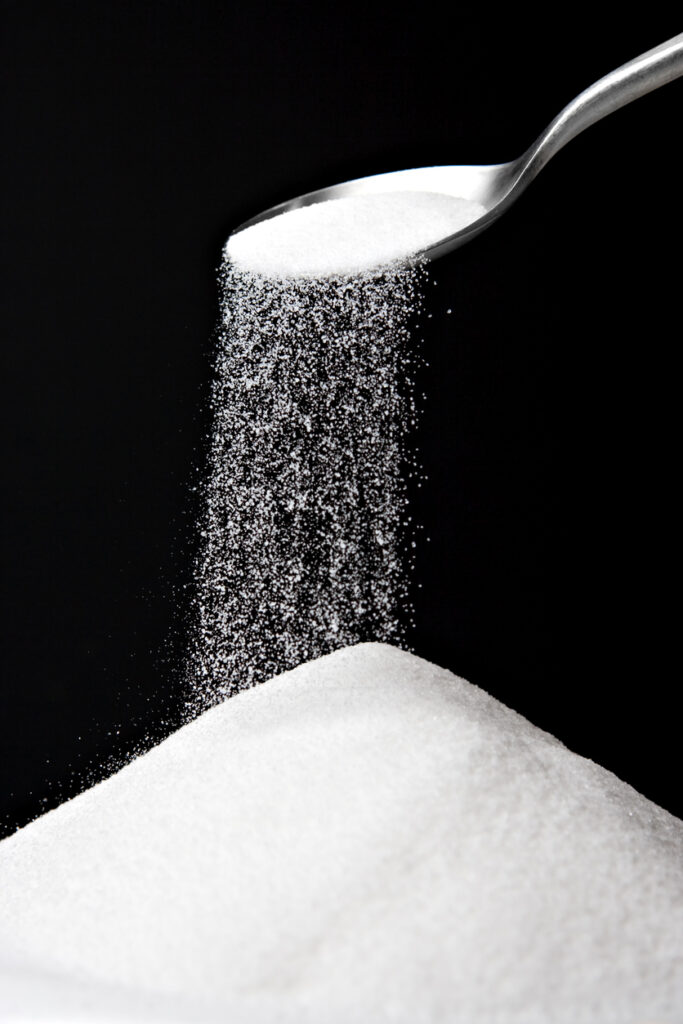
Red Zinfandel
It is known for its bold, robust flavor profile and higher alcohol content, which typically ranges between 14% to 17%. This increase in alcohol content is due to the longer fermentation process it undergoes, allowing for more sugar to be converted into alcohol. This results in a dry, full-bodied wine with a lower residual sugar content. A lower sugar content highlights the rich, spicy, and fruity characteristics that Red Zinfandel is famous for, making it a popular choice among those who prefer dryer wines.
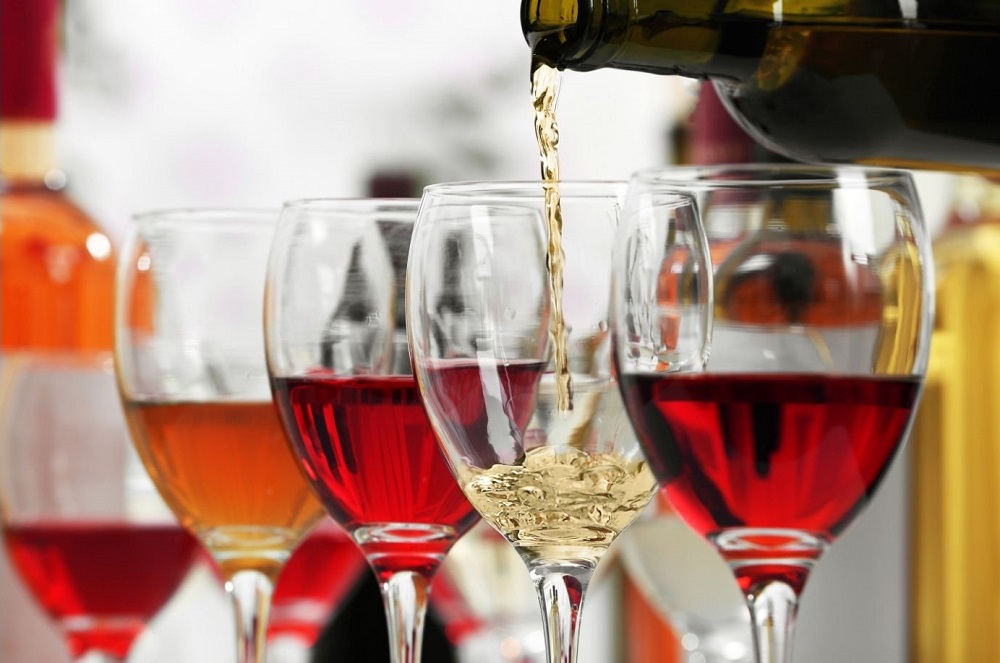
White Zinfandel
This wine on the other hand, goes through a shorter fermentation process, allowing for a higher residual sugar. Its alcohol content fluctuates between 9% to 10%, making it a relatively lower-alcohol wine compared to its red counterpart. This shorter fermentation process retains more natural sweetness from the grape, resulting in a fruitier, sweeter flavor profile that is lighter in body. White Zinfandel’s higher sugar content and lower alcohol make it an appealing choice for those who enjoy a sweeter, easy-drinking wine.

In summary, the key differences between Red Zinfandel and White Zinfandel wines can be attributed to their varying alcohol content and residual sugar levels. While Red Zinfandel is known for its bold flavor, high alcohol content, and lower sugar, White Zinfandel offers a gentler, sweeter experience with its higher sugar content and lower alcohol levels. Both wines are unique in their own ways and suited to cater to individual preferences.
Geographical Indications
American Zinfandel
Red and white zinfandel wines have unique characteristics based on their geographical origins. In the United States, the primary regions for zinfandel production include Napa Valley, Sonoma, Lodi, Dry Creek Valley, Russian River Valley, and Paso Robles. Each area contributes distinct flavors and characteristics to the wine.
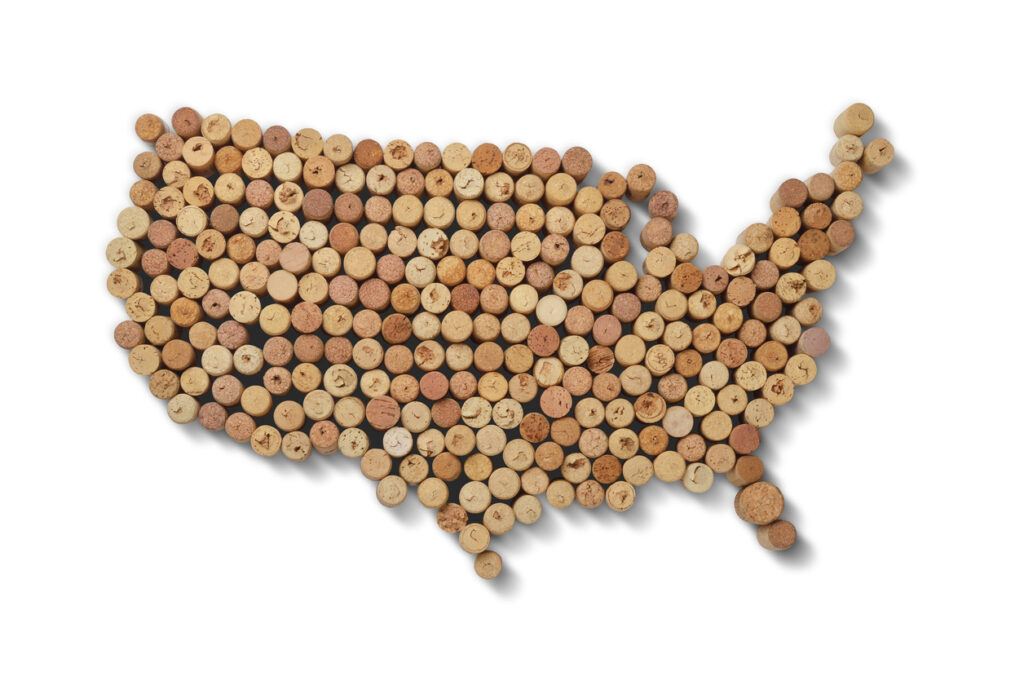
- Napa Valley: Known for its bold and rich zinfandels that often feature dark fruit flavors and notable tannin structure.
- Sonoma: Produces both red and white zinfandels, generally more fruit-forward and balanced with pronounced acidity.
- Lodi: Lodi zinfandels are known for their jammy, fruity flavors, often with a higher alcohol content.
- Dry Creek Valley: This region is recognized for producing spicy, peppery zinfandels with moderate tannins and acidity.
- Russian River Valley: Zinfandels produced here usually exhibit brighter, red fruit flavors with elegant tannin structures.
- Paso Robles: Wines from this region exhibit rich, ripe fruit flavors supported by structured tannins and balanced acidity.
European Zinfandel
In Europe, zinfandel is primarily grown in the Puglia region of Italy. Although the grape variety is known as Primitivo in Italy, the flavors and characteristics of the wine share similarities with American zinfandel.
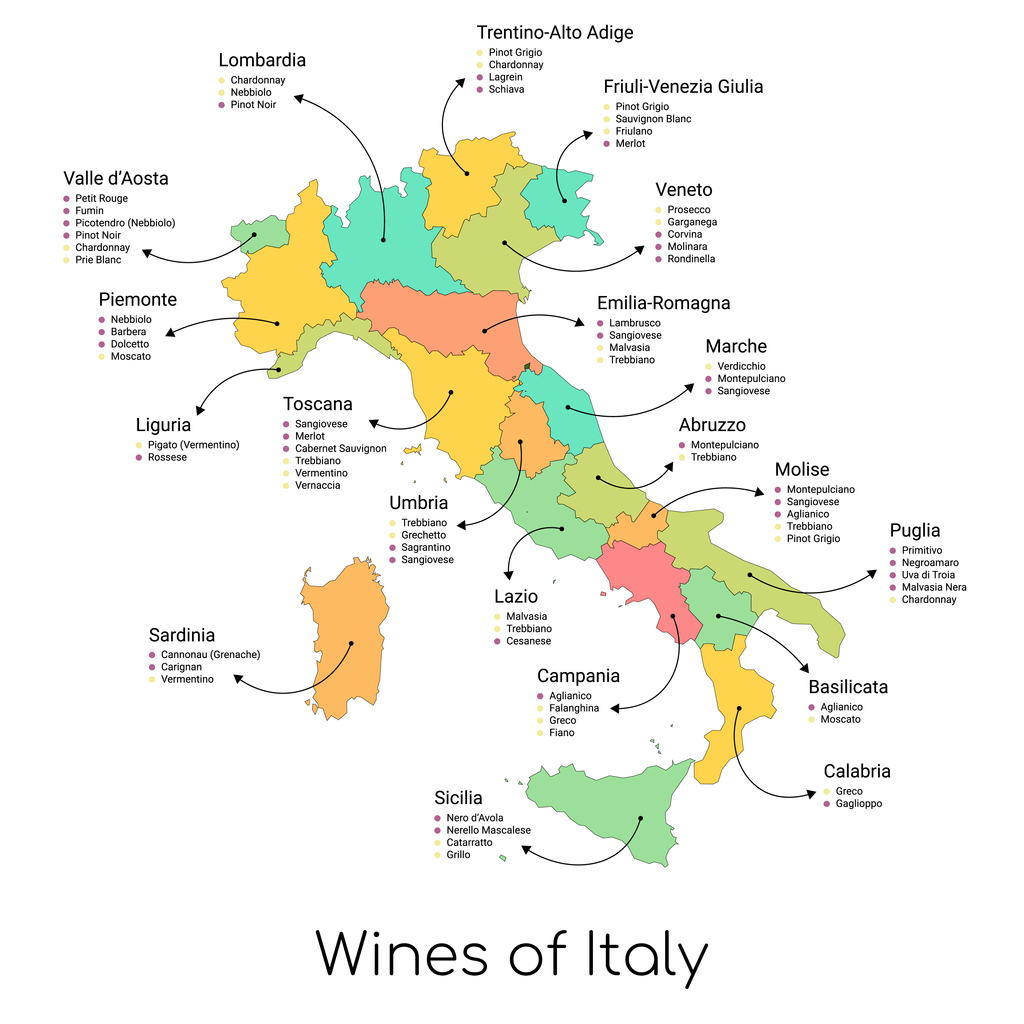
- Puglia: Italian zinfandels, or Primitivo, often possess bold, dark fruit flavors similar to those found in Napa Valley. The wines exhibit robust tannin structure and typically have a higher alcohol content. Some Puglian zinfandels also display earthy and savory notes alongside their fruit-forward character.
Food Pairings
Red Zinfandel and White Zinfandel wines offer diverse food pairing options due to their distinct flavor profiles. The bolder, full-bodied nature of Red Zinfandel makes it an ideal match for rich, hearty dishes. In contrast, the lighter, sweeter character of White Zinfandel complements delicate, subtly flavored fare.
Red Zinfandel
For Red Zinfandel, it pairs excellently with robust meats such as lamb and barbecue dishes. The wine’s high alcohol content and fruity flavors create a harmonious balance with the smoky, savory notes of grilled meats. Additionally, Red Zinfandel can hold its own against spicy, bold dishes like curry. The wine’s peppery and berry notes can enhance the complexity of the curry’s spices without being overwhelmed by the dish’s intensity.
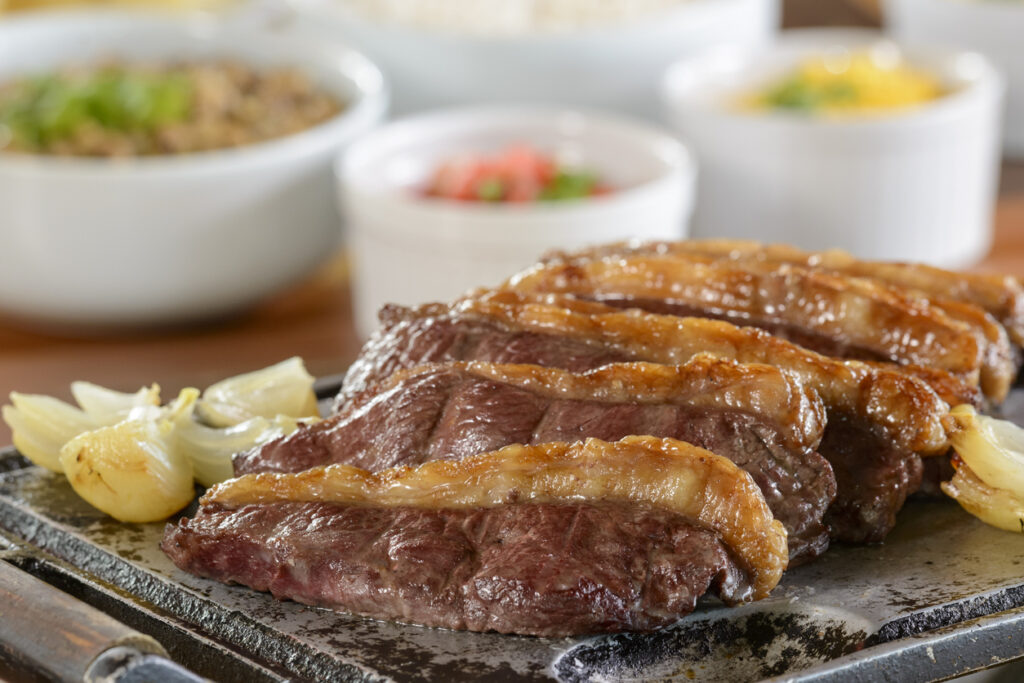
White Zinfandel
In the realm of White Zinfandel, this wine is known for its food-friendly nature. The mild sweetness and acidity of White Zinfandel pair well with salads, pasta dishes, and seafood. Lighter, citrusy flavors complement the wine’s fruity and floral notes, creating a pleasant dining experience. White Zinfandel is also a versatile option when serving appetizers, as it pairs well with various cheeses and can balance out spicy finger foods.
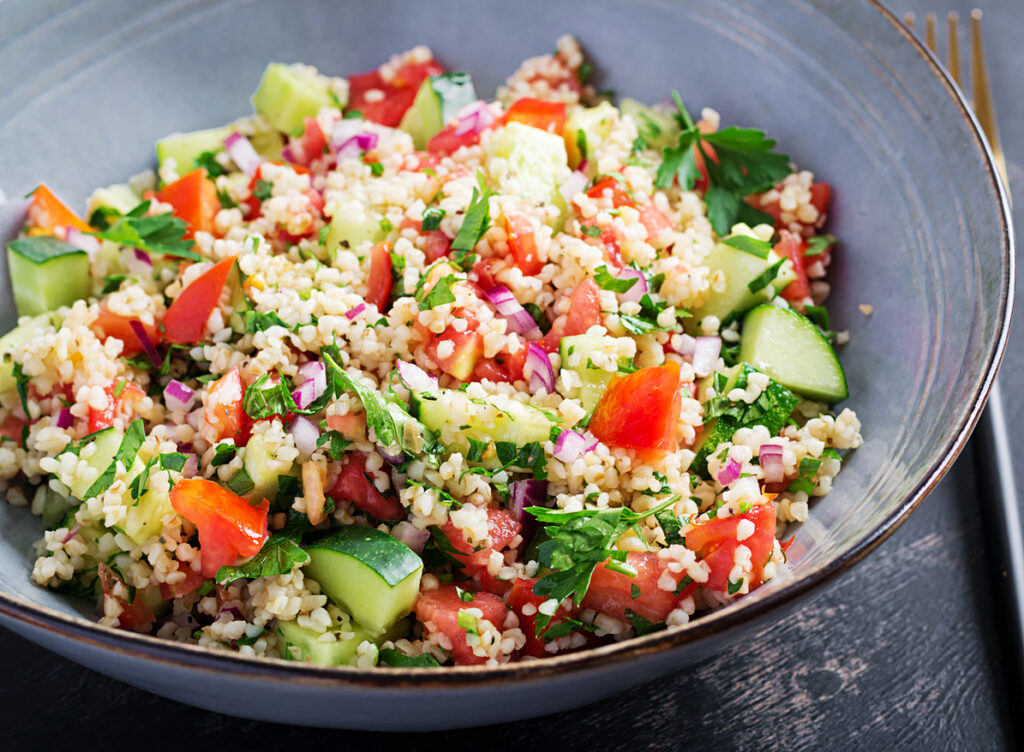
In both cases, the food pairing possibilities for Red and White Zinfandel highlight the wines’ versatility and unique characteristics. Selecting the appropriate pairing will enhance the flavors of the dish and the wine, providing a satisfying culinary experience.
Other Similar Wines
Apart from red and white Zinfandel, there are other popular red wine varieties that share some characteristics. Some of these include Cabernet Sauvignon, Pinot Noir, Merlot, and Negroamaro.
Cabernet Sauvignon
This is a full-bodied red wine with flavors of blackcurrant, plum, and cherry. It is known for its moderate acidity, firm tannins, and frequent use of oak in the aging process. This wine pairs well with various dishes, including meats, cheeses, and hearty vegetables.
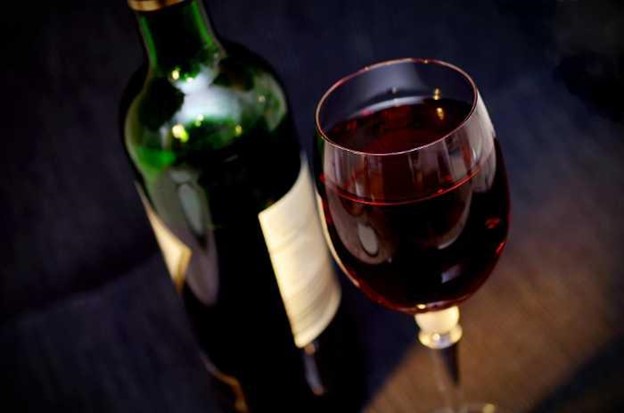
Pinot Noir
This red varietal is a lighter red wine with a delicate and silky texture. Its flavors typically include red fruit notes like raspberry, cherry, and strawberry, with earthy undertones. This versatility makes it an excellent option for pairing with different cuisines, from delicate fish dishes to richer red meats.
Merlot
It is a medium-bodied red wine with soft tannins and flavors of red fruits, such as plum, cherry, and raspberry. This wine is often appreciated for its smooth, easy-drinking quality. Merlot can be enjoyed on its own or with a variety of dishes like roasted meats, pastas, and soft cheeses.
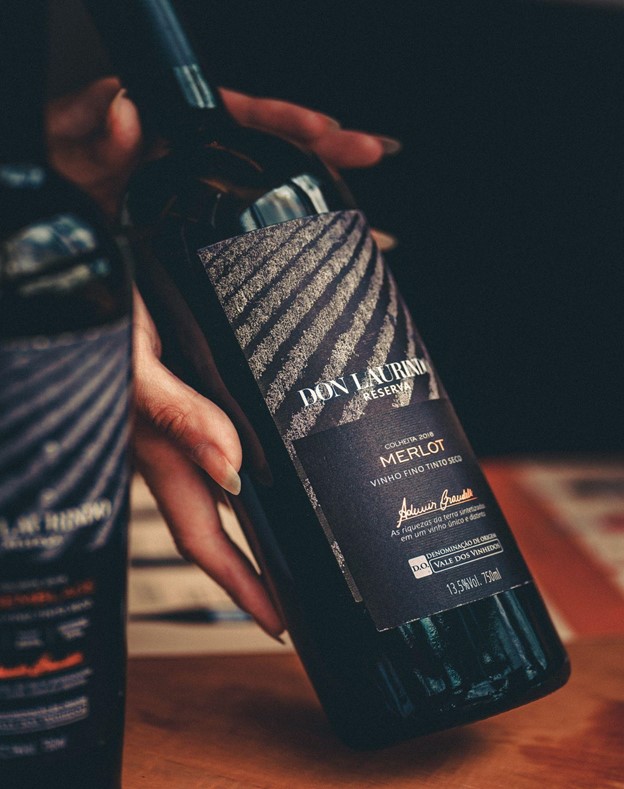
Negroamaro
An Italian red wine with a deep, dark color and robust flavors of dark fruits like blackberry and plum. It is characterized by its full body, medium to high tannins, and low acidity. Negroamaro is often used in blends to add complexity and structure. It pairs well with rich, savory dishes like braised meats, stews, or aged cheeses.
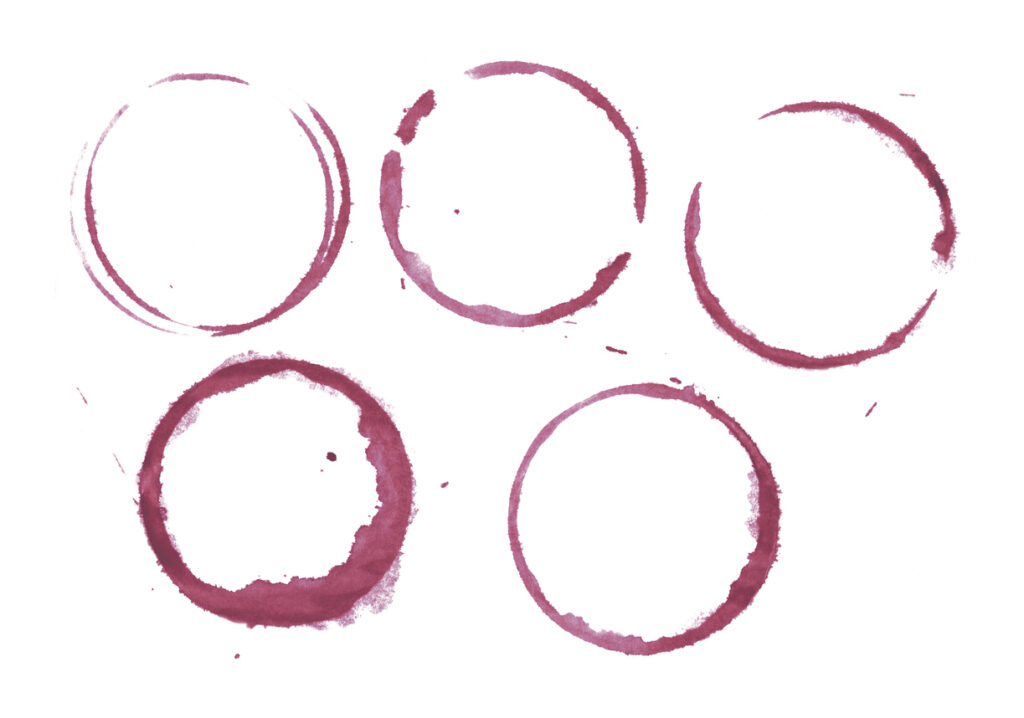
In conclusion, these other red wine varieties offer a range of flavors, body, and characteristics, allowing them to pair with various meals and appeal to different palates. Exploring these options alongside red and white Zinfandel can expand one’s appreciation for the diverse world of wine.
Notable Producers and Brands
Red Zinfandel and White Zinfandel wines have their origins in California, and over the years, numerous wineries and brands have become renowned for their quality and expertise in producing these wines. While the list of prominent producers is extensive, a few stand out above the rest.
Seghesio Family Vineyards has a history dating back to 1895 and specializes in producing Red Zinfandel. Located in Sonoma County, Seghesio wines are known for their distinct flavors and exceptional quality.
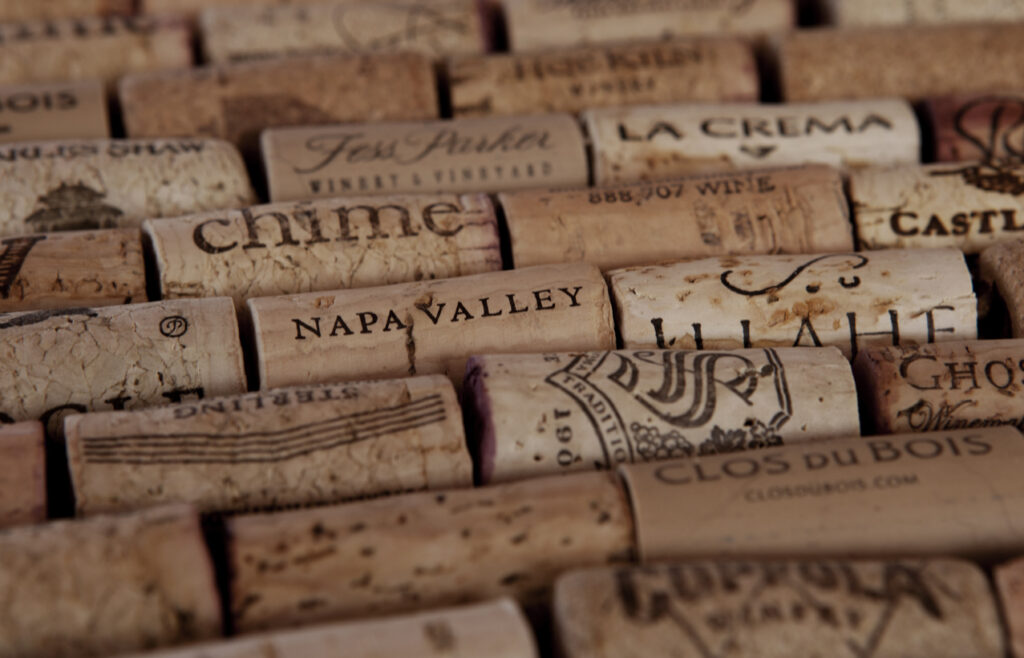
Another influential player in the Red Zinfandel market is Turley Wine Cellars. With vineyards in both Napa Valley and Paso Robles, Turley focuses on crafting a variety of old vine Zinfandel wines, known for their unique and true-to-fruit character.
Sutter Home Winery
Bob Trinchero cannot be overlooked when discussing White Zinfandel. As the proprietor of Sutter Home Winery, Trinchero is credited with popularizing White Zinfandel in the United States. During the 1970s, the accidental production of a paler Zinfandel turned into the world-renowned White Zinfandel, making Sutter Home a household name in the wine industry.

Beringer Vineyards
This winery has been crafting high-quality Zinfandel wines for over 140 years. This producer is known for its broad range of Zinfandels, including a deliciously versatile White Zinfandel perfect for warm weather gatherings.

Rosenblum Cellars
Located in Alameda, California, is another winery dedicated to the craft of exceptional Zinfandel wines. With over 30 types of Zinfandel in their repertoire, Rosenblum Cellars creates outstanding Red Zinfandel and White Zinfandel wines that showcase the different terroirs of California’s wine-growing regions.

Understanding Wine Labels
When it comes to choosing between Red Zinfandel and White Zinfandel, understanding wine labels can be a crucial aspect of making an informed decision. A wine label contains essential information about the wine’s origin, producer, grape variety, and alcohol content, among other details.
Zinfandel Vines
Both Red and White Zinfandel wines are made from the same grape variety – Zinfandel. These grapes thrive in California, where the majority of Zinfandel wines are produced. Looking for a wine labeled as “Zinfandel” indicates that the wine contains at least 75% Zinfandel grapes.

Alcohol Content (ABV)
Wine labels often display the Alcohol by Volume (ABV) percentage, indicating the amount of alcohol present in the wine. Zinfandel wines typically have a higher ABV compared to other wine varieties. Red Zinfandel usually has an ABV of 14-17%, while White Zinfandel tends to have a slightly lower ABV, ranging from 9-11%.
Wine Enthusiast Ratings
Wine Enthusiast ratings on wine labels can provide useful information about the quality of the wine, as rated by experts. A high rating (from 85 to 100) signifies an excellent wine that has been positively reviewed by wine connoisseurs.
When browsing through various Red or White Zinfandel wines, observing these key factors on the wine labels will allow shoppers to make an educated decision on which wine suits their preferences. By understanding the information presented on wine labels, consumers can feel confident and knowledgeable in their wine selection process.

